Week 43 in Florence began with my first lesson with Davide Barbini, my former instructor at The Angel Academy of Art. I chose Davide because of his experience with color, his keen eye and his innate understanding of the needs of the neophyte student. My first lesson was a 30 cm X 40 cm oil painting done on Claessens 20 linen canvas. The purpose of this exercise was to begin to understand shade and big form modeling. The color palette was a limited 3-color set of red (light red), white and grey. The white is traditionally lead white—which is difficult to acquire and expensive. In lieu of this medium, we used titanium white with calcium carbonate dust and cobalt drier. The grey is made for ivory black and the white admixture. Since orange and blue are  complementary colors on the color wheel, this limited palette allows for a full visual range of tonal variations for use with the big form modeling. The exercise began with a sight-size drawing of the still life (a tea pot, folded linen and books with inserted papers). This was sketched using a “dry” brush lightly loaded with the light red oil paint (not modified with a medium). One important reason for this “dry brush” technique is that misapplied lines can be erased with a kneaded eraser. This allows one to quickly adjust the sketch for inaccuracies. Once the still life is properly placed, the shadow shapes are filled in uniformity. It is crucial to group all lights and darks into one form. Mid-tones are not shown. The point is to start with an accurate drawing that reveals the forms only. Once these forms (lights and darks0 are established, the light forms are modeled with the white and grey. The area forms are “turned” to show the shapes of the tea pot and gradients added to the pages. Since my work with Davide is set to learn about color-ways and primary schema of color, this sketch was a one-day effort and will not be finished. Lesson to remember:
complementary colors on the color wheel, this limited palette allows for a full visual range of tonal variations for use with the big form modeling. The exercise began with a sight-size drawing of the still life (a tea pot, folded linen and books with inserted papers). This was sketched using a “dry” brush lightly loaded with the light red oil paint (not modified with a medium). One important reason for this “dry brush” technique is that misapplied lines can be erased with a kneaded eraser. This allows one to quickly adjust the sketch for inaccuracies. Once the still life is properly placed, the shadow shapes are filled in uniformity. It is crucial to group all lights and darks into one form. Mid-tones are not shown. The point is to start with an accurate drawing that reveals the forms only. Once these forms (lights and darks0 are established, the light forms are modeled with the white and grey. The area forms are “turned” to show the shapes of the tea pot and gradients added to the pages. Since my work with Davide is set to learn about color-ways and primary schema of color, this sketch was a one-day effort and will not be finished. Lesson to remember:
- Make sure the forms are accurate reflected in the sketch
- Group all lights and darks; ignore half tones
- Make sure the forms are modeling to show turning
- All flat planes are shaded in relationship to the fall of the light
On Sunday, Lea and I spent time together and I let me body (legs and shoulder) rest. We went for a leisurely walk; enjoyed a nice brunch at a vegetarian restaurant (Carduccio—Il Salotto Bio); visited the Palazzo Stozzi and exhibit The Cinquecento in Florence: From Michelangelo and Pontormo to Giambologna.
Monday, Tuesday and Wednesday I finished the two life sized sight-sized portrait oil paintings. There were a total of 6 3-hour sittings. The sequences of the first three sittings are shown the last blog entry. Here are the sequences leading up to the finished paintings executed at Amy Florence Moseley’s studio. The lessons learned:
- Oil painting is a correctable and sequential technique—meaning each day can be a “new beginning.”
- In this case, a limited palette of lead white, yellow ochre, light red, vermillion and ivory black is used. Colors from pure white to blue-grey can be mixed with this limited palette—including a full range of skin colors. Once I understood the basics, I found it easy to gauge the sitters color-ways and then create the color for the painting.
- The accuracy, to within millimeters, is crucial if one wants the final painting to resemble the sitter.
- The fall of light must be followed throng on all forms—especially sequentially from one element of the face to another (like the eye lid to the cheek.)
- In the initial stages (in this case through day three) only oil with turpentine is used. It dries overnight and allows for further corrections.
- After day three, a medium is added to increase the vibrancy and color intensity of the oil paint.
- My weaknesses:
- Face is too wide
- Non-alignment of key elements
- Shadows to muddled and not accurate in regards to hue
- Eyes—especially the upper lids and the transitions to the eyebrows; distance between the eyes; shape of the eye; and size and position of the pupil.
Thursday we left for Germany. On Friday we visited the Bauhaus in Dessau. It was my second visit and Lea’s first. What a special place. From the website of the Bauhaus: Founded in Weimar in 1919, relocated to Dessau in 1925 and closed in Berlin under pressure from the Nazis in 1933, the school of design only existed for a total of 14 years. Despite this, the influence of the Bauhaus continues throughout the word.
The great Centenary will be celebrated in 2019 in true Bauhaus tradition: experimentally, multifariously, transnationally and radically contemporary. The Centenary programme „100 years of bauhaus“ sets the scene. Under the motto „Die Welt neu denken“ (“re-considering the world”) the Bauhaus Association 2019 together with regional, national and international partners facilitates the re-discovering of the Bauhaus’ historical testimonies as well as its importance for the present and the future.
The Bauhaus was a living college of ideas and a realm of experimentation. New territory off the beaten track was explored there with insatiable curiosity. Things were tried out, produced, sketched and investigated. Learning and experimentation took place using real materials and in real life – and this involved nothing less than revolutionising everyday life, housing and social coexistence. Issues that are as up to date and relevant today as they were 100 years ago.
With its universal design methods – elementary in terms of formal language, comprehensible and accessible to all – the Bauhaus represents a tremendous idea, shared interdisciplinary design, an unconditional quest for utopias, opportunities and inspiration around the world. The international historical influence of the Bauhaus is also full of ambiguities and contradictions. It offers abundant material for controversies that touch both our understanding of classic modernism as well as our present and future way of working and living.

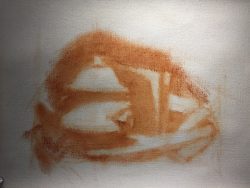
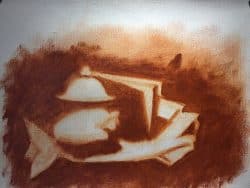
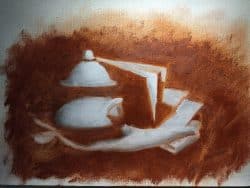

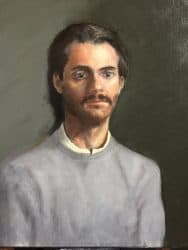
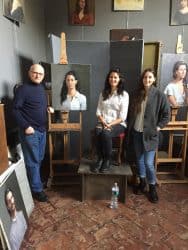
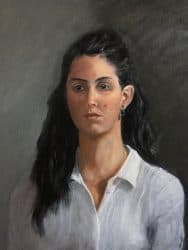
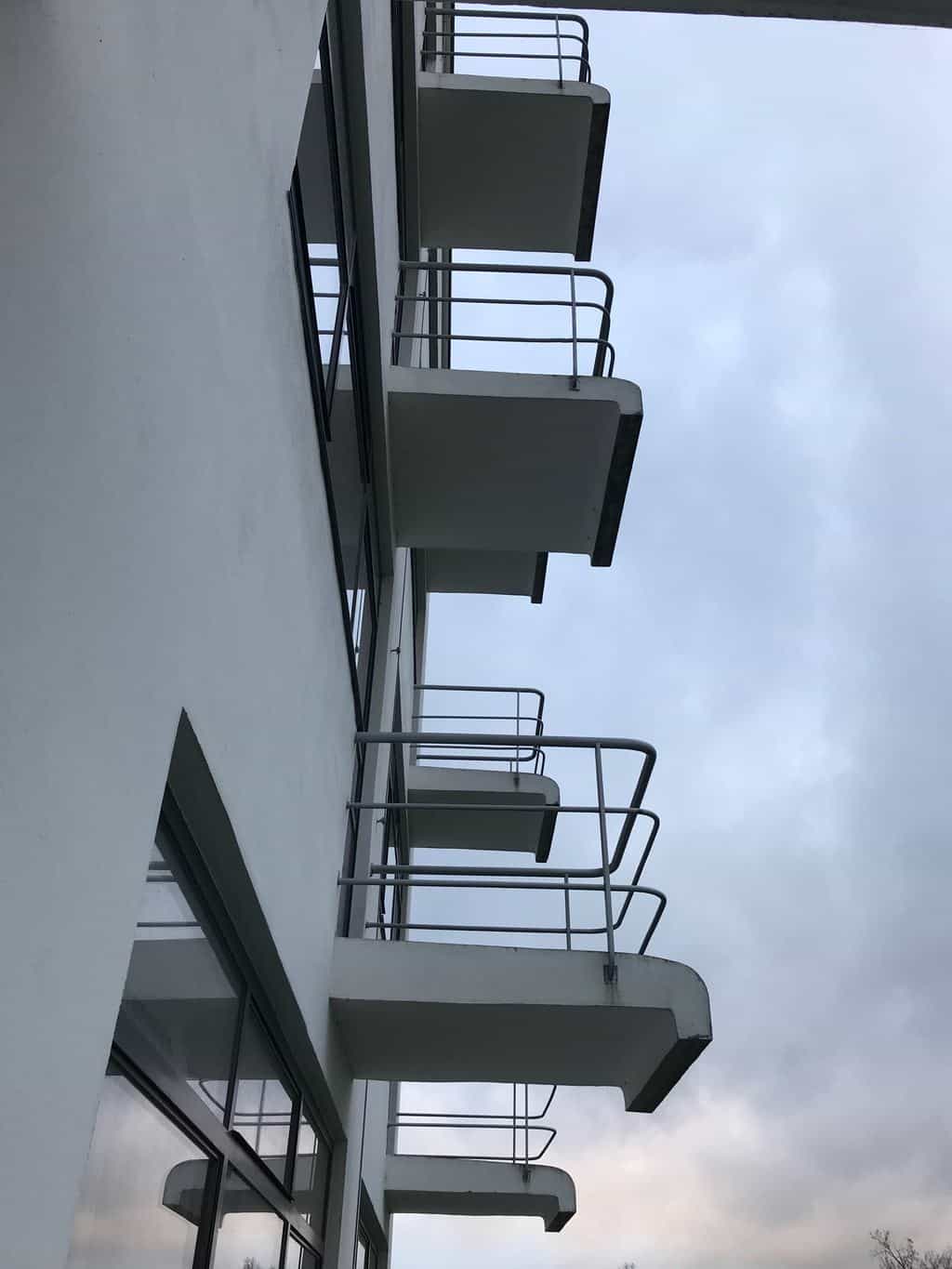
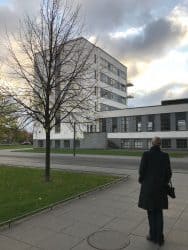




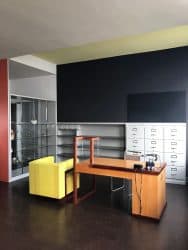




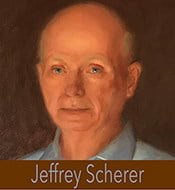
Recent Comments